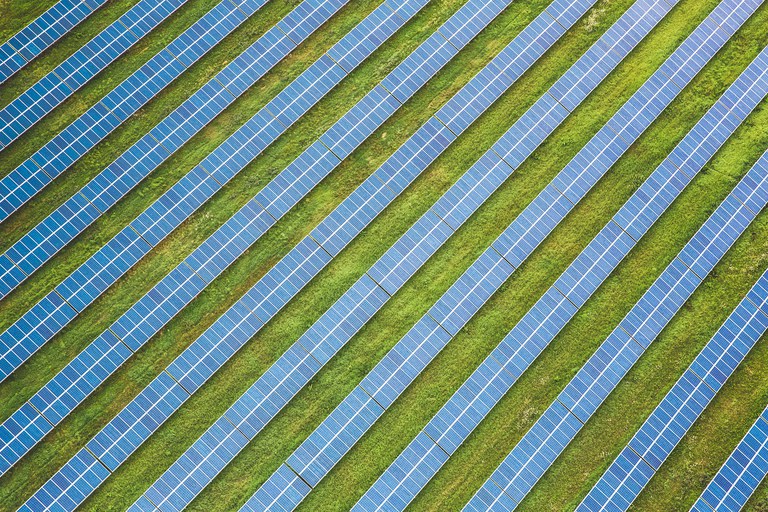On Supplier-Led, Brand-Supported Capacity Building
Supplier Meet-ups are private, off-the-record conversations open only to suppliers, held once per month and hosted by the Asia Garment Hub. Each month, one supplier shares a specific challenge they’re facing while the rest of the group shares feedback and offers support.
This month’s challenge was about switching from coal to biomass. The company in question had already invested significantly in renewables - they have their own solar farm, and their goal is to be 100% renewable and 50% carbon neutral by 2026. The switch away from coal to biomass is part of their effort to meet these targets. However, the company is struggling because the supply of biomass in their context is extremely unstable (due to seasonality), prices fluctuate significantly (in their context, biomass can be up to 30% more expensive than coal), and a significant amount of capital expenditure would be required to invest in new machinery (boilers). The supplier was looking for input: had any other suppliers in the group successfully made the switch to biomass? Did anyone have experience building biomass supply chains?
Before diving into the discussion, there were some clarification questions. The first one was about motivation: what was driving this push? The supplier presenting the challenge noted that the motivation was both intrinsic and the result of favorable government policy in their operating context. However, international regulation and brand pressure pushed them to move even more quickly.
One supplier volunteered that, in their context, they’d managed to make the switch to biomass in part because the supply chain infrastructure was already quite well-developed. They were able to go through traders (rather than buying directly from farmers), who, to a certain extent, were able to stabilize the supply. They’d also benefitted from technical support offered by a national-level multistakeholder initiative.
At this point, the conversation got quite technical. Someone asked: do you have an effluent treatment plant? And if so, what kind of sludge do you have coming out of it? This supplier was working with a research institute to mix sludge and biomass as a way to address inconsistent supply and unstable prices. Depending on the type of sludge available, one might be able to mix up to 50% sludge with 50% biomass. They’d also managed to retrofit old boilers to adapt them for biomass, and this reduced the capital expenditure required. The supplier sharing their experience offered to connect the group to the research institute they’ve been working with. In addition to these efforts, this supplier also shared that they’re looking at cotton waste and biogas. Biogas had significant environmental appeal, but the initial capital expenditure was a big barrier.
Another supplier echoed that they, too, were trying to switch to biomass and that they, too, were struggling with inconsistent supply (due to seasonality) and fluctuating prices. This company operates in several different countries. In one country in which they operate they’d managed to switch from coal to liquified natural gas (LNG). In another factory, operated in a second country, they were using solar thermal energy (which heats air instead of water). They were also looking at heat pumps for specific production processes but hadn’t been able to get the consistency of heat that they needed. This supplier recommended the publication “Electrification of Heating in the Textile Industry” by Ali Hasanbeigi and Jibran Zuberi.
The supplier presenting their challenge closed the discussion by calling for suppliers to collaborate more openly and to share their technical knowledge with each other.
As for me, April’s meet-up has pushed me to reflect on the term “capacity building.” It’s a term I’ve long disliked. First, implicitly, the term “capacity building” suggests that our sustainability woes are technical problems. Framed this way, solving our sustainability woes is simply a matter of equipping people with technical solutions. My personal point of view is that technical solutions are just a small part of the sustainability puzzle and that if we’re really serious about driving impact we need to be talking about how we distribute wealth across fashion supply chains.
Second, more often than not, its suppliers whose capacity allegedly needs to be built and its brands and retailers or NGOs from the “West” who are giving the capacity building. This has always rubbed me the wrong way: the complexity of running a factory is mind-boggling and no easy task (it’s no accident that most brands and retailers don’t do production themselves). So, to say that suppliers need their capacity developed has always felt, at least to me, a loaded term and a disservice to suppliers’ expertise and agency.
But frankly, this month’s supplier meet-up was a very technical conversation, and I could have used some capacity building (pun intended). It’s made me reconsider: maybe there is a place for the term “capacity building” in the sustainable fashion conversation after all – even if, as this month’s digression into prices and capital expenditure also signifies, distribution of wealth remains the heart and soul of the conversation. Maybe the term “capacity building” just needs to be recast: during last month’s supplier meet-up, someone coined the term “supplier-led, brand-supported”. In this context, maybe “supplier-led, brand-supported” means creating spaces for suppliers to ask for the help they need rather than being forced to receive the help for which they probably did not ask.

